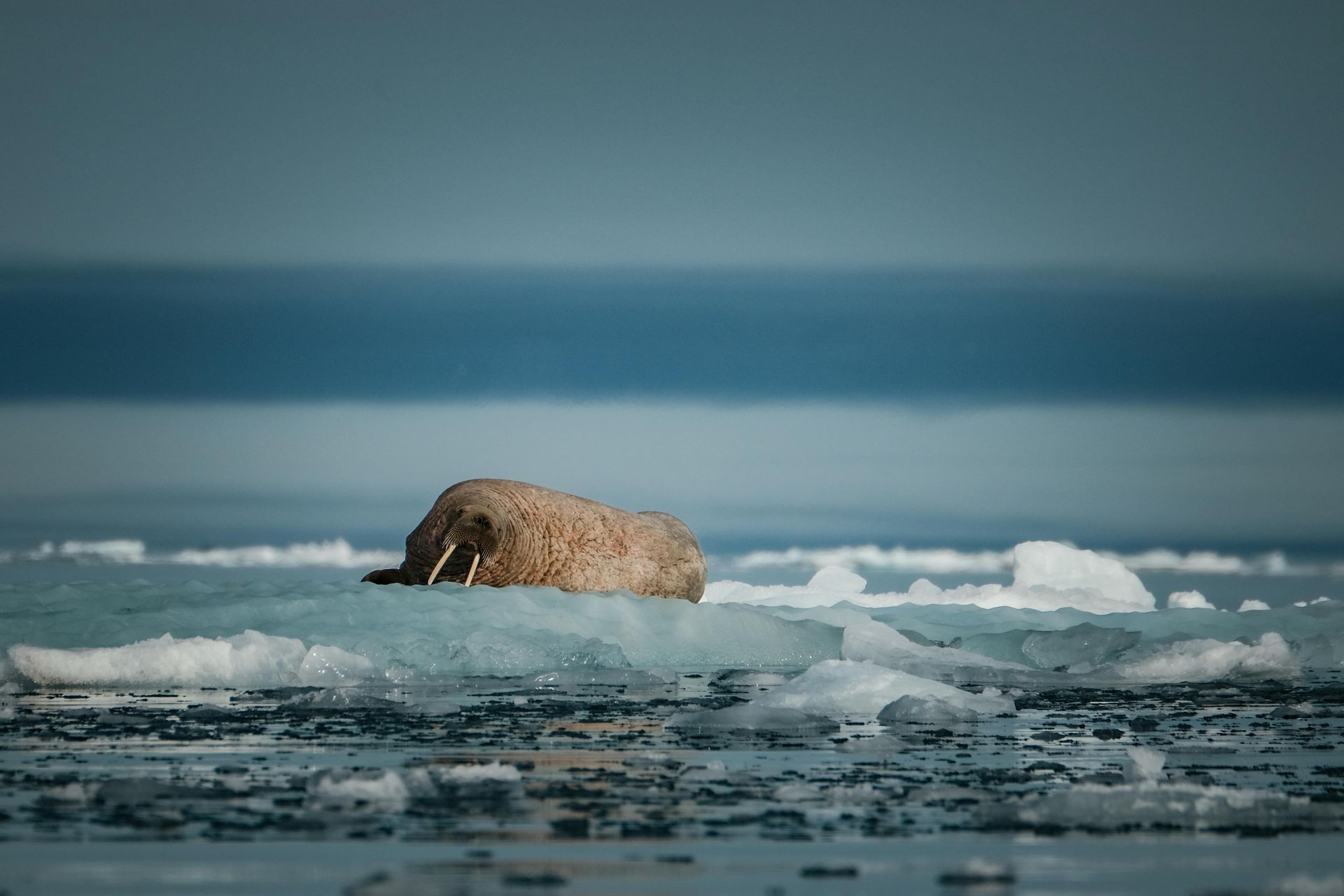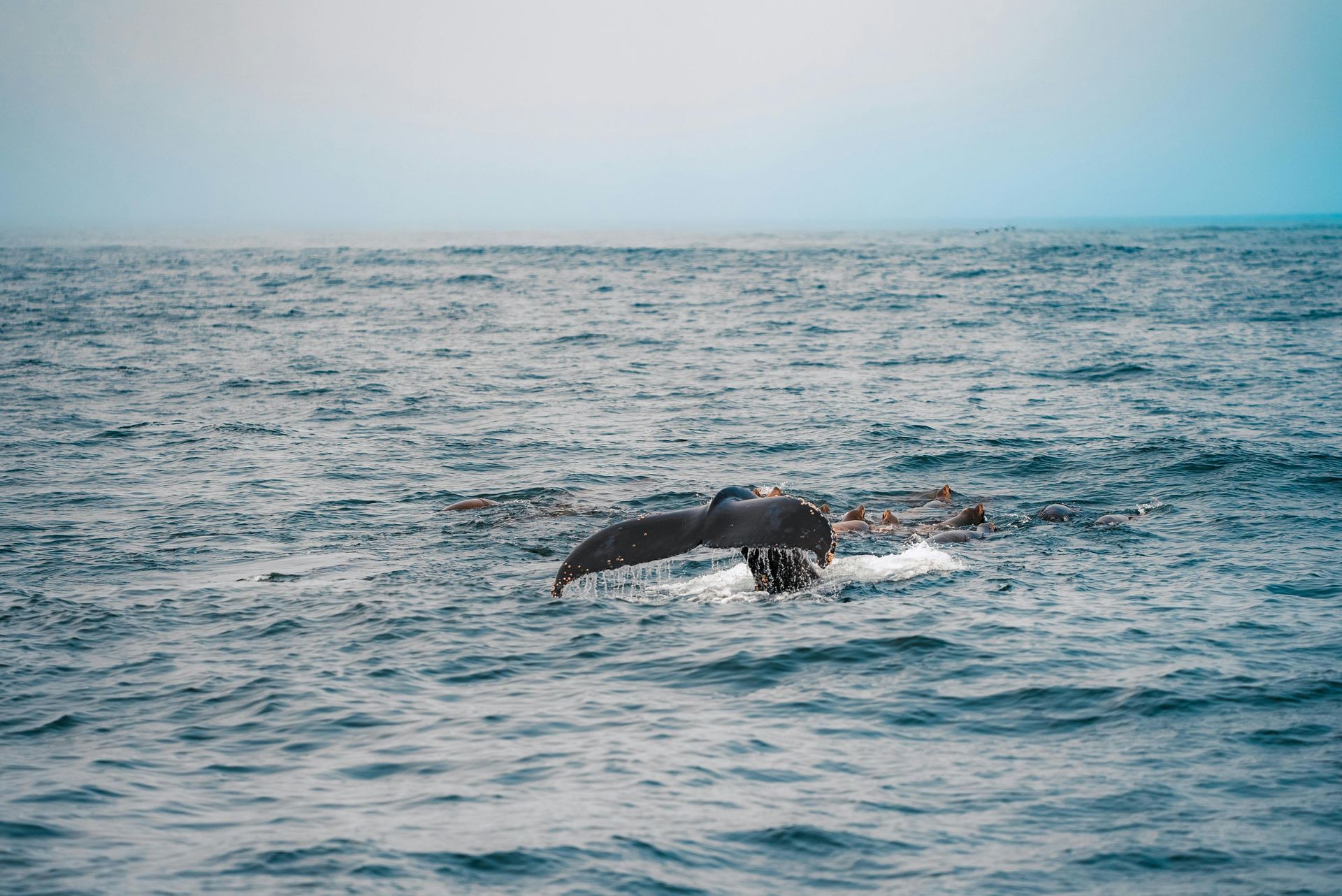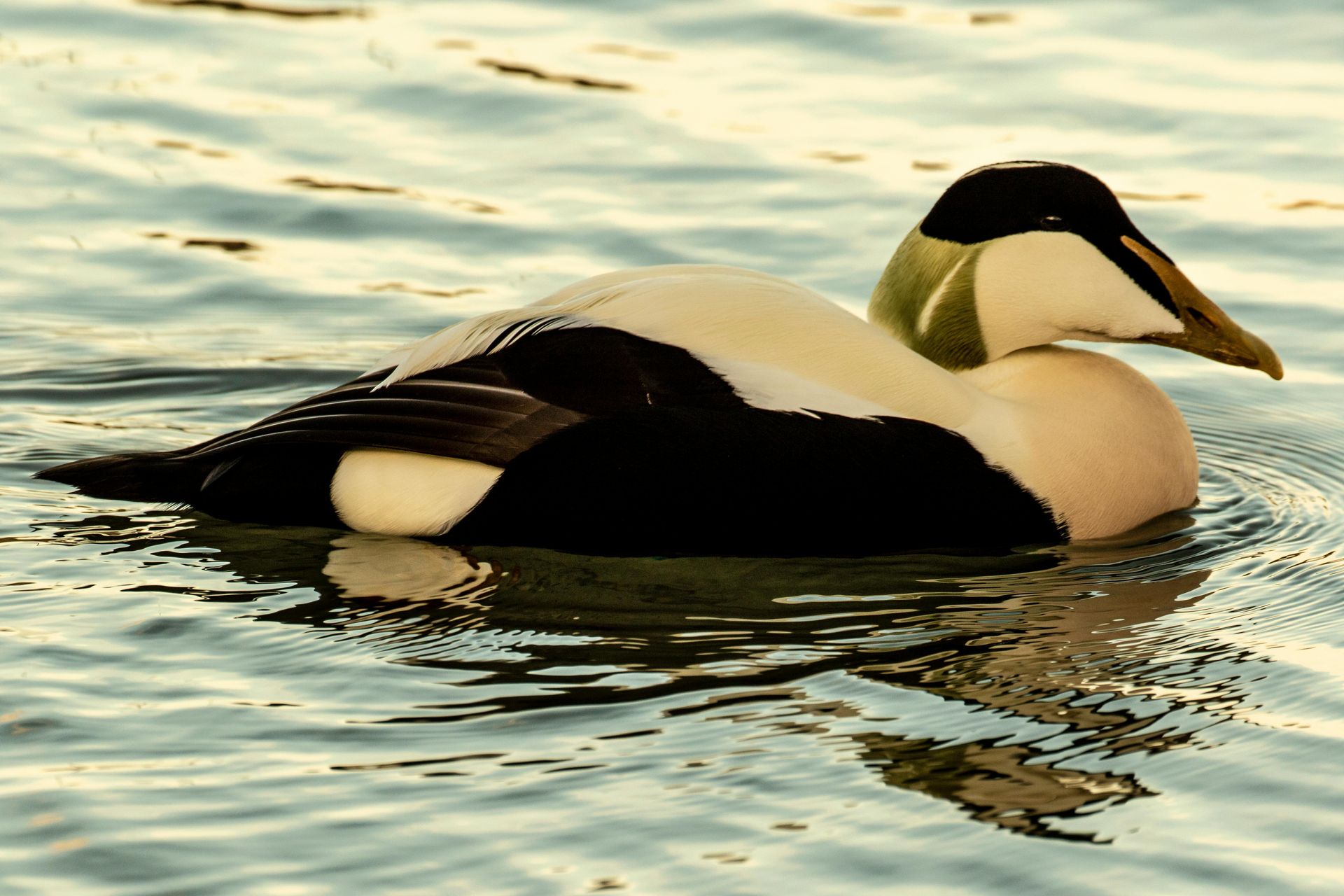Svalbard History Facts in September
Svalbard History Facts in September

Svalbard, an archipelago in the Arctic Ocean, holds a rich and varied history that captivates anyone interested in polar exploration and the human endeavor to conquer one of the harshest environments on Earth. September, with its crisp air and approaching winter, is a perfect time to delve into the historical narratives that shaped Svalbard’s identity. The archipelago’s discovery is often credited to the Dutch explorer Willem Barentsz, who came upon it in 1596 while searching for the Northeast Passage. This initial European encounter marked the beginning of centuries of exploration, whaling, and eventually scientific research.
The early days of Svalbard were dominated by whaling, primarily by the Dutch and the English, in the 17th century. Whaling stations were established on several of the islands, and the pursuit of whales for their blubber, which was rendered into oil, was a lucrative industry. The remains of these early whaling stations can still be found today, offering a glimpse into the harsh and industrious lives of the early whalers. This period also saw numerous conflicts between whalers of different nationalities, each vying for the rich hunting grounds.
As the whaling industry declined, the late 19th and early 20th centuries saw a new wave of activity in Svalbard: the search for minerals. Coal mining became the primary industry, with companies from Norway, Russia, and other countries establishing mines and settlements. The most notable of these settlements include Longyearbyen, founded by the American John Munro Longyear in 1906, and Barentsburg, which has been a Russian (formerly Soviet) mining town since 1932. These towns grew around the mining industry and still retain much of their historical character, with buildings and infrastructure dating back to the early 20th century.
Svalbard's strategic importance became particularly evident during the 20th century. During World War II, the archipelago was a site of several military operations, including Operation Fritham, where Norwegian forces aimed to sabotage German weather stations and coal mines. The war left a lasting impact on Svalbard, with several settlements being destroyed and later rebuilt. Post-war, Svalbard continued to play a role in Cold War geopolitics, with its location providing strategic advantages for both NATO and the Soviet Union.
The signing of the Svalbard Treaty in 1920 was a significant milestone in the archipelago's history. The treaty, signed in Paris, recognized Norwegian sovereignty over Svalbard but allowed signatory nations equal rights to engage in commercial activities on the islands. This unique arrangement led to a multinational presence in Svalbard, with various countries operating mines, research stations, and other enterprises. The treaty also established Svalbard as a demilitarized zone, which remains a critical aspect of its political status today.
Scientific research has become a cornerstone of Svalbard's identity, particularly in the latter half of the 20th century and into the 21st century. The archipelago's unique environment, with its Arctic climate and diverse wildlife, makes it an ideal location for studying climate change, glaciology, and Arctic biology. Institutions like the University Centre in Svalbard (UNIS) and the Svalbard Global Seed Vault highlight the importance of Svalbard as a hub for international research and cooperation. Scientists from around the world are drawn to Svalbard to conduct their research, contributing to our understanding of the planet's polar regions.
Tourism has also emerged as a significant industry in Svalbard in recent decades. Adventurous travelers are drawn to the archipelago's stunning landscapes, wildlife, and historical sites. Guided tours offer insights into the history of exploration, whaling, and mining, while also providing opportunities to experience the natural beauty of the Arctic. The rise of eco-tourism has brought a new dimension to Svalbard's economy, promoting sustainable practices that aim to preserve its unique environment for future generations.
September in Svalbard is a time when the archipelago begins to transition from the perpetual daylight of summer to the darker months of winter. This shift in seasons adds a unique atmosphere to the exploration of Svalbard's historical sites. Whether visiting the remnants of whaling stations, exploring mining towns, or learning about scientific research, visitors in September can gain a deep appreciation for the rich history and resilient spirit that define Svalbard. The stories of the past, woven into the fabric of the landscape, offer a compelling narrative that continues to evolve with each passing season.












